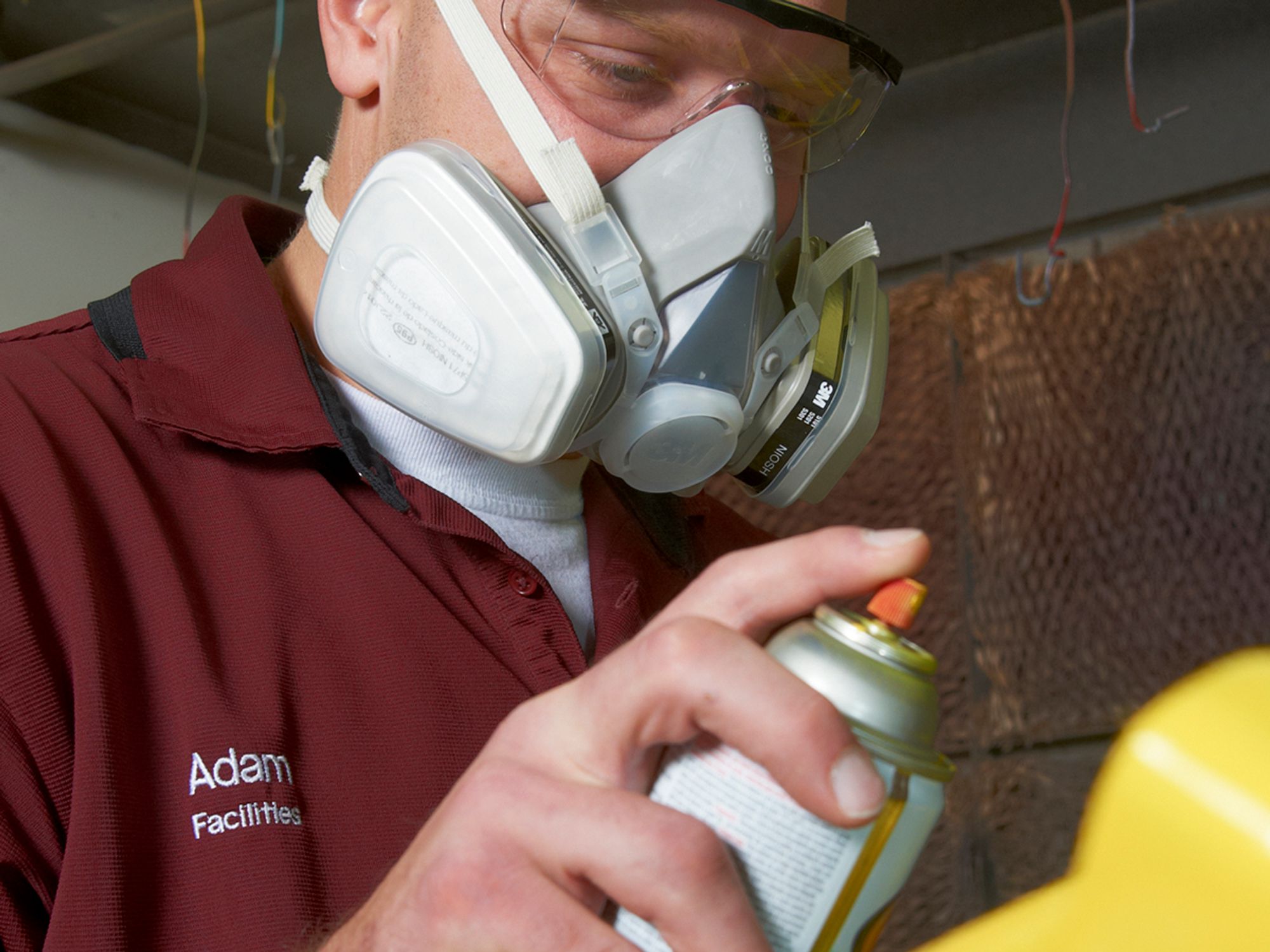PELs and TLVs

- OSHA regulates hundreds of toxic air contaminants, setting enforceable limits on the magnitude and duration of employee exposure.
- Some states have more stringent permissible exposure limits than federal OSHA.
The Occupational Safety and Health Administration (OSHA) enforces hundreds of permissible exposure limits (PELs) for toxic air contaminants. These PELs set enforceable limits on the magnitude and duration of employee exposure to each contaminant. The amount of exposure permitted by a given PEL depends on the toxicity and other characteristics of the particular substance. Two different types of measurement are used for PEL determination. The concentration of gases and liquids in the air is measured in parts per million (ppm). Solids and liquids in the form of mists, dusts, or fumes are measured in milligrams per cubic meter (mg/m3).
For General Industry, OSHA’s PELs for air contaminants are located in 1910.1000, Tables Z-1, Z-2, and Z-3. The air contaminant limits were adopted by OSHA in 1971 and have not been updated since.
For Construction, OSHA’s PELs for air contaminants are located in 1926.55, Appendix A. The air contaminant limits were adopted by OSHA in 1970 and have not been updated since.
Exposure limits called Threshold Limit Values (TLVs) were developed by the American Conference of Governmental Industrial Hygienists (ACGIH). TLVs represent the level of chemicals in the ambient air that most workers can be exposed to on a daily basis without harmful effects. ACGIH continuously updates their TLVs so, although not regulatory, they are more protective than the OSHA PELs.
In 2010, OSHA launched an initiative to seek creative solutions, both long term and short term, to address what it believes are inadequacies in many PELs. As an initial step, OSHA solicited comments from the public to identify the chemicals of concern. Additionally, in October 2013, OSHA released the Annotated PEL tables, which enable employers to voluntarily adopt newer, more protective workplace exposure limits. To access the tables, visit www.osha.gov/dsg/annotated-pels/index.html.
Some states have more stringent PELs than federal OSHA. For example, California’s PELs are more restrictive. In addition, some states adopted OSHA’s 1989 changes, but did not vacate them when Federal OSHA was forced to — so they remain as more stringent limits.
Pitfalls of exposure limits
There are over 600,000 chemicals in use today. Information available for selecting an exposure limit is very scant. Only a small percentage of chemicals is even evaluated. Therefore, supporting data can be weak. Exposure limits change when new information becomes available. What is considered “safe” today may be viewed in a different light tomorrow.
Individual sensitivity is a factor. A given chemical may have a negative effect on certain people. Even if the exposure limit protects most people, it cannot be relied upon to protect everyone.
Synergistic effects should also be considered. Single substances are assigned individual ratings. Seldom in the real world is only one chemical in use at a time. What happens when several chemicals combine to produce effects far more harmful than those of any one substance?
